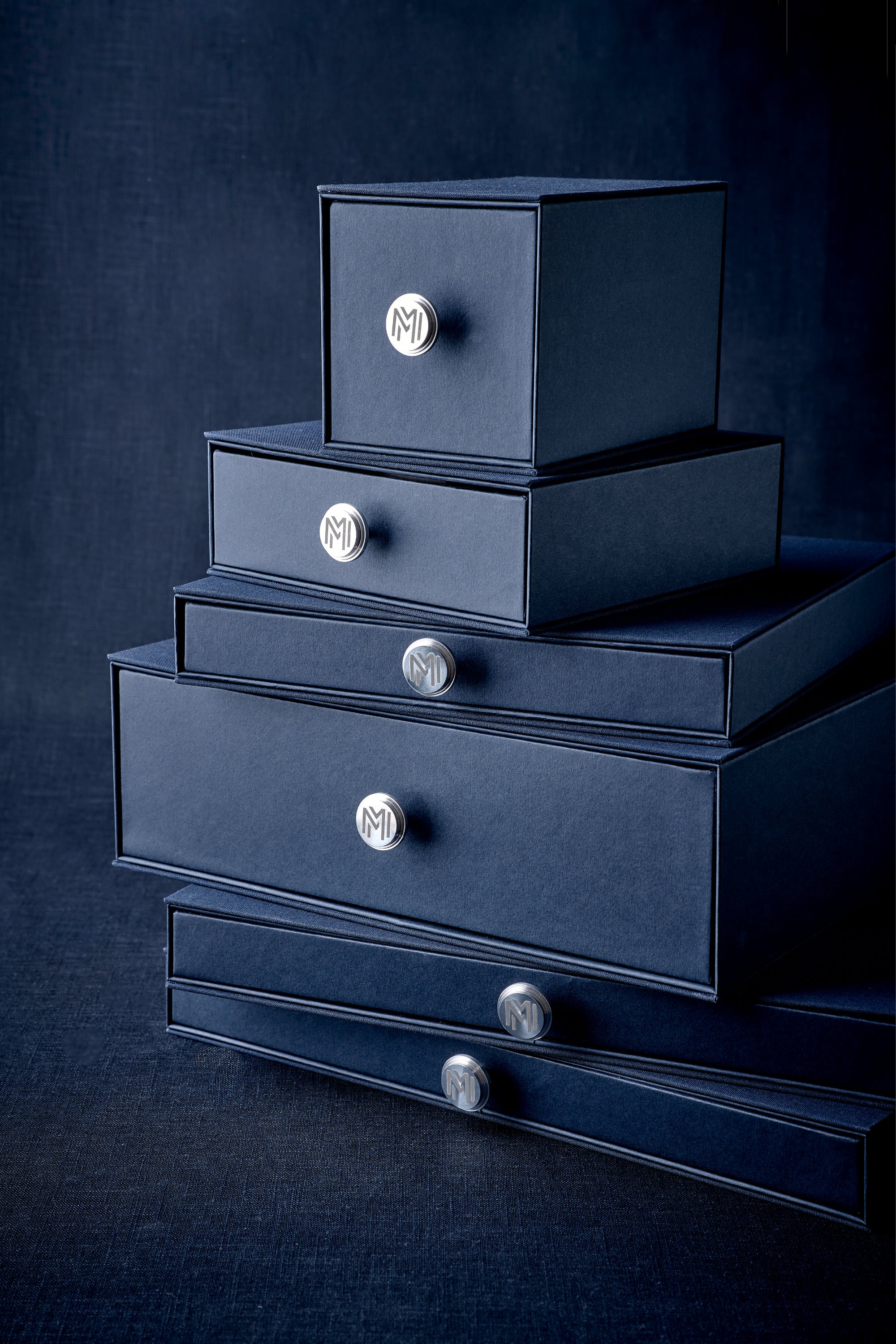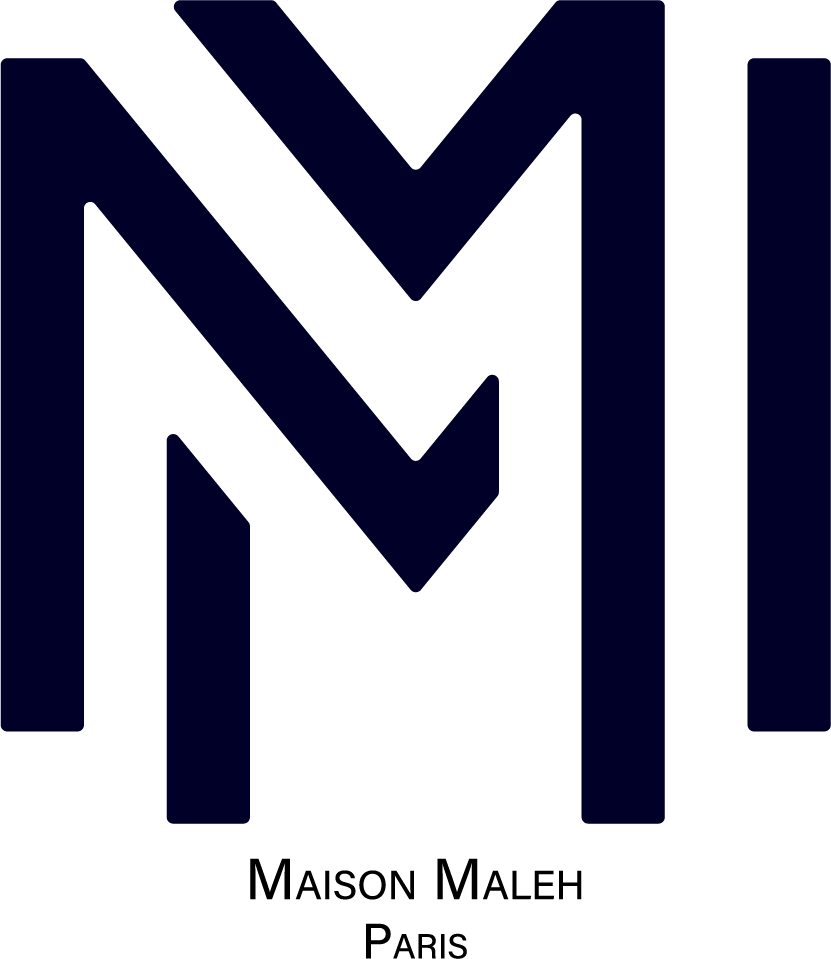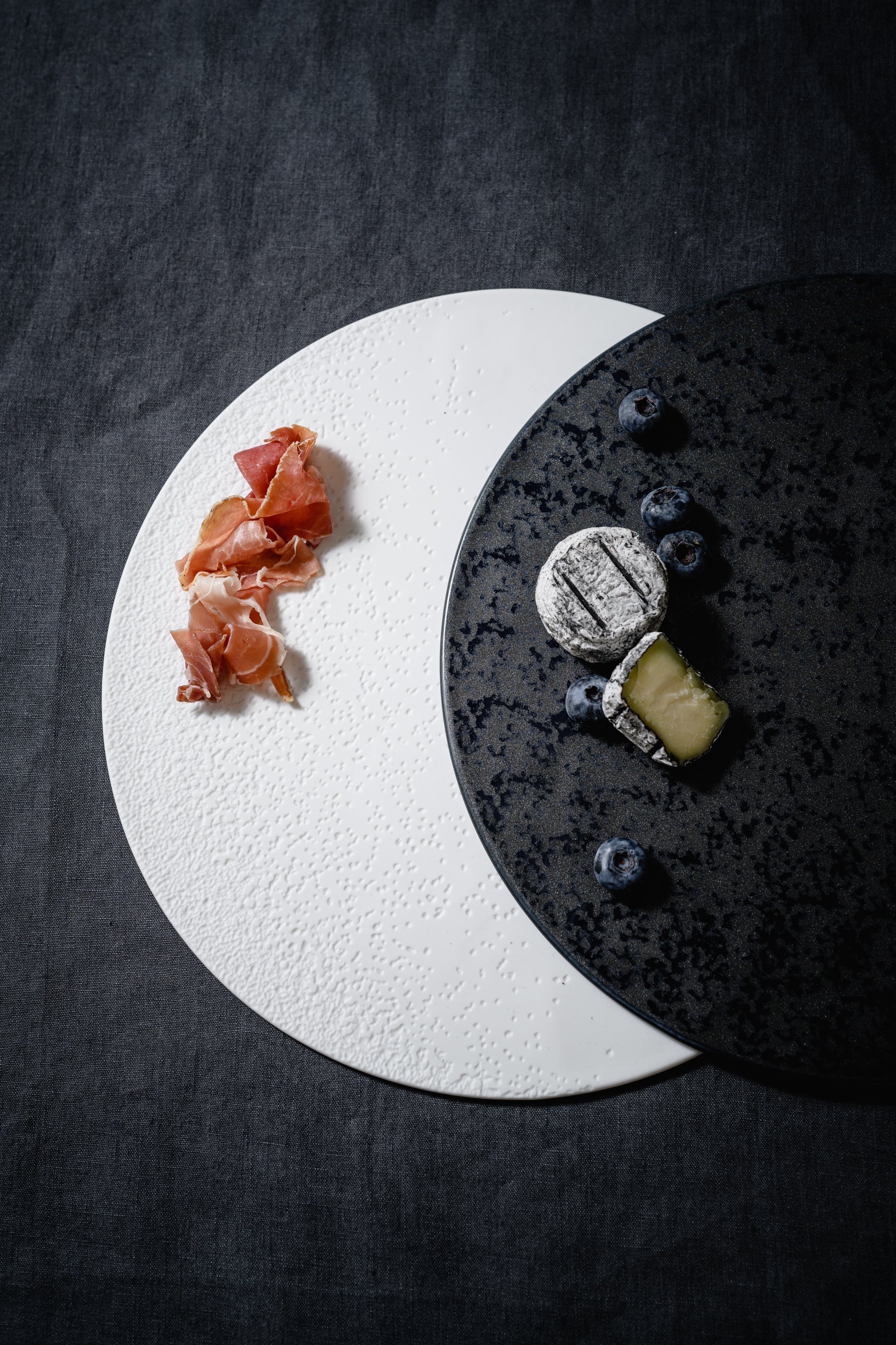Article: The packagings

The packagings
It took me three years to develop a made in France packaging, a surprisingly long time compared to my ability to make a porcelain or metal object in less than six months from conception to production. Who would have thought the packaging would prove more complex to develop than the product? Here is the story of my journey.
Initial Setbacks
The adventure begins with a call with a particularly persuasive salesperson representing a luxury packaging company already working with prestigious brands. He makes me dream and promises me wonders, all at unbeatable prices. In retrospect, these rates should have raised my suspicions, but at the time, my lack of knowledge of market prices led me to optimism. Seduced, I approved the prototypes and placed my first order.
Upon receipt, I was surprised that each box had its edges unglued, making the whole unusable. The supplier, contacted immediately, cites problems with glue, inadequate storage conditions, and unconvincing explanations. After several fruitless reminders and disappointing deliveries, I knew a change was necessary. Quality could not be compromised, even at a higher cost.
The second supplier, reputable and seemingly professional, brought new hopes. I revised my budget upwards following my previous misadventure, and he explained in detail the options available within my budget. We agreed on a detailed quote, which took a month to arrive with doubled costs! When I questioned him about this difference, he became defensive and aggressive, denying the rates we had initially discussed. It was impossible to collaborate under these conditions, so I moved on to the next attempt.
A Quest for Innovation
The quest continued. How can I transform this packaging into something more than just a simple box? How can I give it a second life, thus preventing this beautiful paper from ending in the trash?
Inspired by the Japanese art of furoshiki, I envisioned elegant fabric wrappings doubling as table napkins. The idea was ecologically sound and aesthetically appealing, so I created linen prototypes with a manufacturer from Brittany.
However, the reality fell short; the fabric did not complement every porcelain shape, leading to an unintended, neglected appearance. With a heavy heart, I moved away from this concept. But the search continued, always in quest of the perfect solution.
An Artistic Venture
I then radically reoriented my strategy, moving away from paper to explore an unusual material: a black foam derived from petroleum. While its refined black texture was appealing, its non-recyclable nature was concerning. Yet, I envisioned each box as a work of art, a totem to be displayed and cherished. Above all, if the prototypes proved successful, I could have sourced recyclable foam.
So, I called on a long-time artisan in Sologne, and despite high initial costs, the idea seemed promising. This artistic approach, however, proved too complex and costly for large-scale production. I faced another failure.
Returning to Basics
Resigned, I returned to a classic approach: a square cardboard box equipped with foam padding to protect my items, simply covered with beautiful paper. I started looking for a new supplier and contacted a company specialised in padding foams, which also recommended a partner for the cardboard.
Without much conviction, I made contact. To my surprise, the exchange was positive: courtesy, dynamism, sound advice, and attentive listening. A quick initial quote for a standard box seemed fair, but I was still hesitant. The use of non-ecological and expensive padding foam deeply displeased me, and I was not charmed by the aesthetics of the classic square box. I decided to take a break and stepped back.
A few months later, with Christmas approaching, I resumed my reflections from the beginning and redefined my specifications: luxury packaging, entirely recyclable, capable of protecting porcelain items, aesthetically enhancing and functional, with a removable padding system, all while embodying the spirit of the brand.
I then designed a box not as a simple package but as a real object. The drawer is bordered with fabric-effect paper on the top and bottom edges of the box and smooth paper for the sides and front. It is equipped with a handle turned in aluminium and engraved with my new logo, echoing the lines of my metal items, thus giving it a contemporary look. The choice of navy blue colour, omnipresent in my products, was obvious.
Despite the higher costs, the results justified the investment. The prototypes were followed by successful production, and within four months, the first boxes were in the hands of delighted customers.
A Lesson in Perseverance
This journey was more than a quest for the perfect packaging; it was a lesson in not giving up and staying true to myself. The final product is not just a box but a testament to the brand's commitment to quality, sustainability, and innovation.
I hope these boxes resonate with you as much as they do with me. I'd be thrilled to hear your thoughts on our new packaging. Do you see it as merely a box, or as something more? Your appreciation and ideas for its second life are particularly close to my heart.


